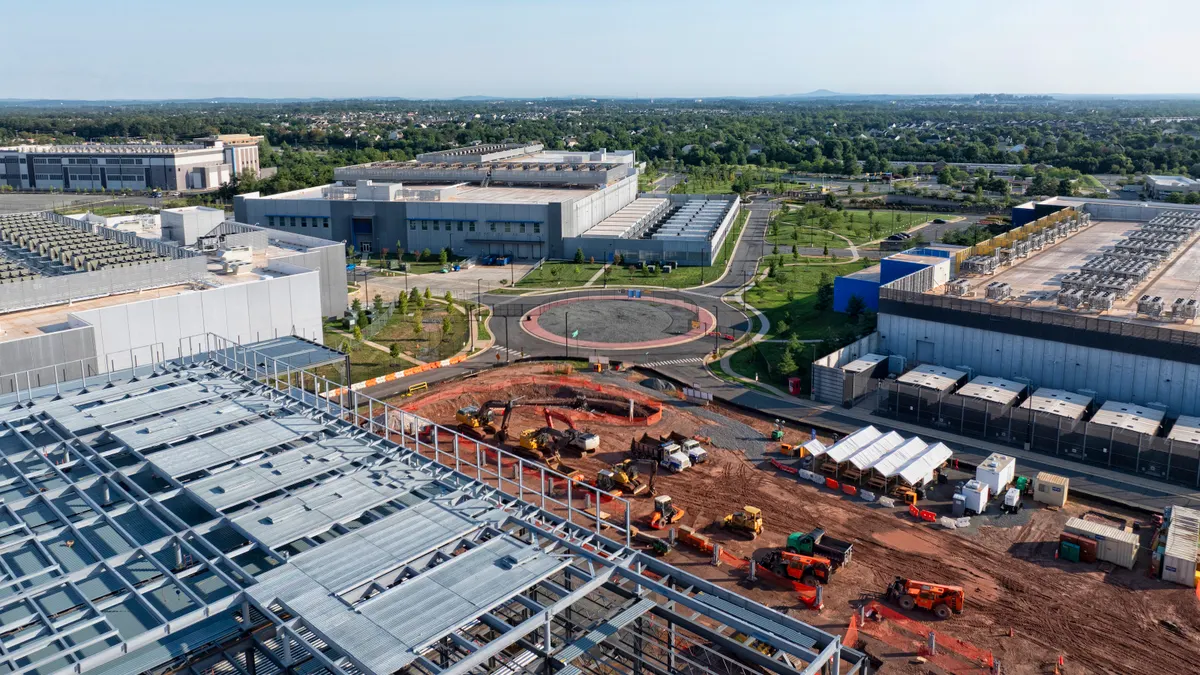Dive Brief:
- Nearly 80% of organizations are considering their AI data center needs a year in advance due to increasing AI workloads, according to a report published earlier this month by IT service management company Flexential. The report findings are based on survey responses from 350 IT leaders of businesses earning more than $100 million in revenue annually.
- AI use among enterprises is on the rise, driving demand for data center capacity. The Flexential report found that 90% of IT leaders are deploying generative AI, and 81% of respondents credit the C-suite with driving AI initiatives, up from 53% in last year’s report.
- The need for data center space is getting more competitive as IT leaders seek capacity for their AI workloads. More than half of respondents lean on colocation for supplementing storage and performance.
Dive Insight:
The cost and availability of data center space will remain a challenge for IT leaders as the need for AI training capacity rises.
Enterprises looking to expand and split their deployments between public cloud and on-premises data centers are facing higher rent costs, according to CBRE research published in June 2025. In the top two domestic markets, Northern Virginia and Chicago, rents increased by 15% and 14.7% year over year.
Bringing new data center capacity online takes years, Ryan Mallory, president and chief operating officer at Flexential, said in a release accompanying the report. Once capacity becomes unavailable, “there are no quick fixes.”
Flexential data showed that while 79% of enterprises are planning a year ahead for capacity, 62% are forecasting one to three years ahead and 17% are planning three to five years out. Mallory said data center capacity and potential is accelerating in areas such as Dallas, Denver and Atlanta.
Small language models will be the next big wave driving enterprise AI infrastructure investment, Mallory shared with CIO Dive. Large language generative AI training models established by hyperscale companies such as Google, Microsoft and others will serve as a framework for enterprises to create their own, he said.
“This is going to create the model for the enterprise to be able to look at this and bifurcate their internal infrastructure from the capabilities that are out there to search and do general look-up,” Mallory said.














